 |
Internet Services: FTP, Telnet, Web, eMail, Instant messaging, VoIP |
| << Variables: Local and Global Variables |
| DEVELOPING PRESENTATIONS: Effective Multimedia Presentations >> |
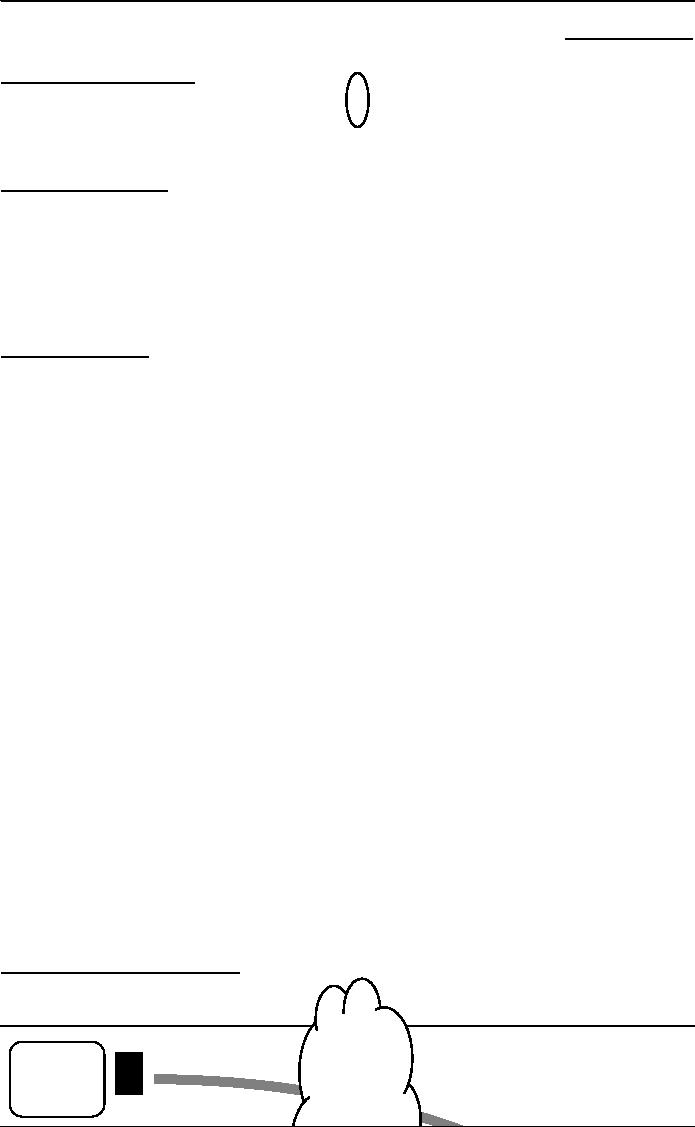
Introduction
to Computing CS101
VU
LECTURE
30
INTERNET
SERVICE
During
the last lecture ...
(Introduction
to the Internet)
We
looked at the role Internet
plays in today's
computing
We
reviewed some of the history
and evolution of the
Internet
Internet:
The Enabler
Enables
attractively-priced workers located in
Pakistan to provide services to
overseas clients
Enables
users to easily share
information with others
located all over the
world
Enables
users to easily, inexpensively
communicate with others
remote users
Enables
the users to operate and run
programs on computers located
all over the world
The Internet
is unlike any previous human
invention. It is a world-wide resource,
accessible to all
of
the humankind.
Key
Characteristics
Geographic
Distribution
Global
- reaches around the world
Robust
Architecture
Adapts to
damage and error
Speed
Data
can
travels
at near `c'
on
copper, fiber,
airwaves
Universal
Access
Same
functionality to everyone
Growth
Rate
The
fastest growing technology
ever
Freedom
of Speech
Promotes
freedom of speech
The
Digital Advantage
Is
digital: can correct
errors
Internet:
Network of Networks
A
large number of networks, interconnected
physically
Capable
of communicating and sharing data
with each other
From
the user's point view, Internet a
collection of interconnected networks looks like
a single, unified
network
TCP/IP
Transmission Control Protocol/Internet
Protocol
TCP
breaks down the message to be
sent over the Internet into
packets
IP
routes these packets through
the Internet to get them to their
destination
When
the packets reach the destination computer,
TCP reassembles them into the
original message
1960's
1969
-
DoD-ARPA creates an experimental network
ARPANET as a test-bed for
emerging networking
technologies
ARPANET
originally connected 4 universities &
enabled scientists to share
info & resources across
long
distances
1980's
1983
-
The TCP/IP protocols becomes the
only set of protocols used on the
ARPANET
This
sets a standard for all
networks, and generates the use of the
term Internet as the net of nets
1990's1993
-
CERN releases WWW, developed by
Tim Berners-Lee
It
uses HTTP and hypertext,
revolutionizing the way info is
presented & accessed on
Internet
1990's1993-1994
-
Web browsers Mosaic &
Netscape Navigator are
introduced
Their
GUI makes WWW & Internet
more appealing to the general
public
Today's
Goal: Internet
Services
To
look at several services
provided by the Internet
FTP
194
User's
Computer
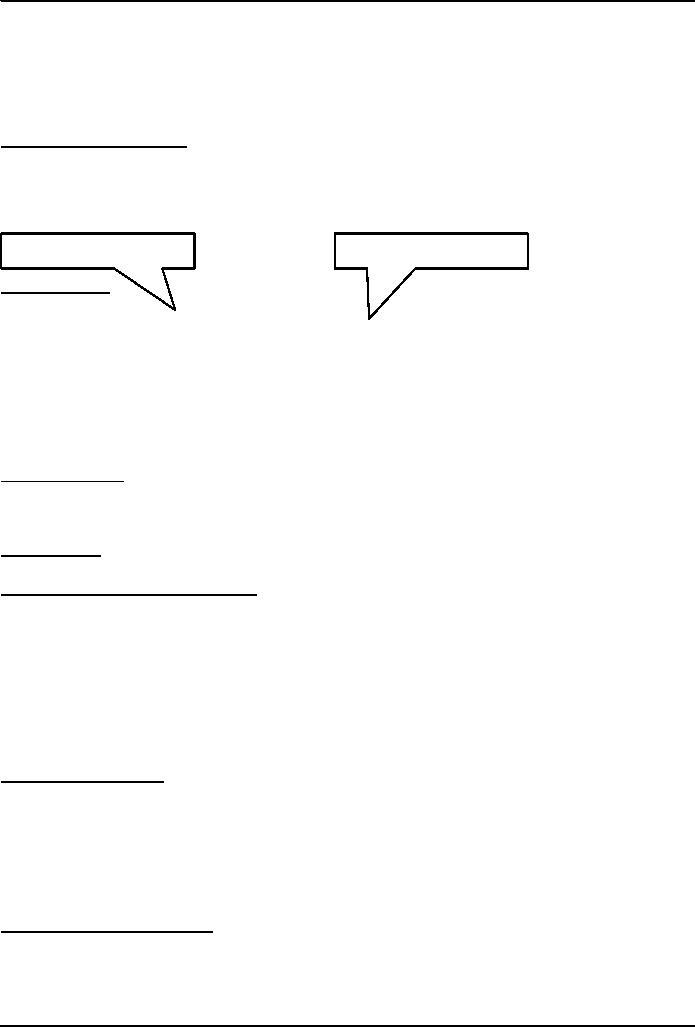
Introduction
to Computing CS101
VU
Telnet
Web
eMail
Instant
messaging
VoIP
�
But
first, we need to find out
about the addressing scheme used on the
Internet
30.1
Internet Addressing
Regular
post cannot be delivered unless we write a destination
address on the envelope
Same
is true for the Internet
Regular
post can be delivered at the intended address
even if the given address is not
precise. That is not
the
case for Internet
addressing
IP
address
DNS
address
www.vu.edu.pk
203.215.177.33
IP
Address
A unique
identifier for a computer on a TCP/IP
network
Format:
four 8-bit numbers separated
by periods. Each 8-bit number
can be 0 to 255
Example:
203.215.177.33
(IP address of the VU Web
server)
Networks
using TCP/IP route messages
based on the IP address of the
destination
Any IP
addresses (as long as they
are unique) can be assigned
within a PN
However,
connecting a PN to the Internet requires
using unique, registered IP
addresses
Domain
Names
IP
addresses are fine for
computers, but difficult to
recognize and remember for
humans
A domain
name is a meaningful, easy-to-remember
`label' for an IP
address
Examples:
www.vu.edu.pk
216.239.33.101
www.google.com
30.2
DNS: Domain Name
System
DNS is
the way that Internet domain
names are located &
translated into IP
addresses
Maintaining
a single, central table of domain name/IP
address relationships is
impractical
Billions
of DNS-IP translations take
place every day
The
DNS-IP tables get updated
continuously
Tables
of DNs & IP addresses are
distributed throughout the Internet on
numerous servers
There is a
DNS server at most ISPs. It
converts the domain names in our
Internet requests to actual
IP
addresses
In
case it does not have a
particular domain name in its table, it
makes a request to another DNS
server on
the
Internet
30.3
Internet Services
There
are many, but we will
look at only the
following:
FTP
Telnet
Web
eMail
Instant
messaging
VoIP
FTP:
File Transfer
Protocol
Used
to transfer files between computers on a
TCP/IP network (e.g
Internet)
Simple
commands allow the user
to:
List,
change, create folders on a remote
computer
Upload
and download files
195
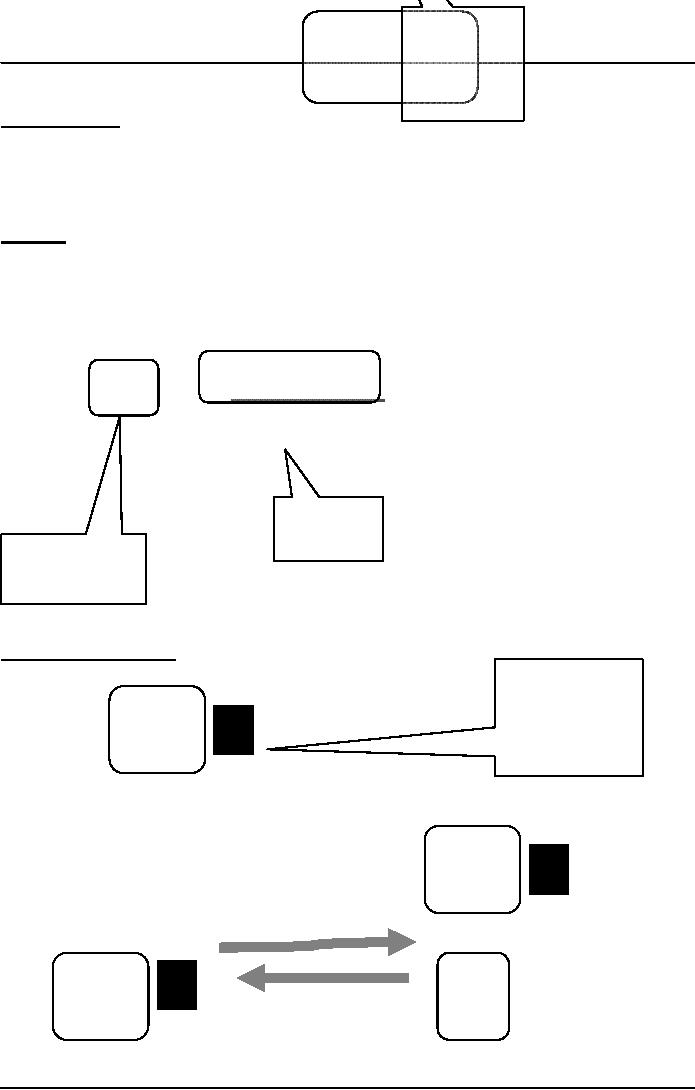
Directory
&
File
Name
Introduction
to Computing CS101
VU
Typical
use: Transferring Web content
from the developer's PC to the Web
server
Telnet
Protocol
Using
Telnet, a user can remotely
log on to a computer (connected to the user's
through a TCP/IP
network,
e.g. Internet) & have control over it
like a local user, including
control over running
various
programs
In contrast,
FTP allows file operations
only
Typical
use: Configuring and testing
of a remote Web server
The
Web
The
greatest, shared resource of
information created by
humankind
A
user may access any
item on the Web through a URL,
e.g.
http://www.vu.edu.pk/cs/index.html
Before,
going any further, let us
dissect this URL
/cs/index.html
http
:// www.vu.edu.pk
Server
Address
Protocol
Identifier
How
does the web
works
User
launches the browser on his/her
computer
Browser
User's
Computer
User types in the
URL into the browser
The
browser breaks down the URL
into 3 parts :
Protocol
Identifier
User's
Server
Address
Computer
Directory
& File Name
Browser
sends server's name to the DNS
server
Domain
Name
DNS
User's
Server
Computer
Browser
establishes a connection with the
server
196
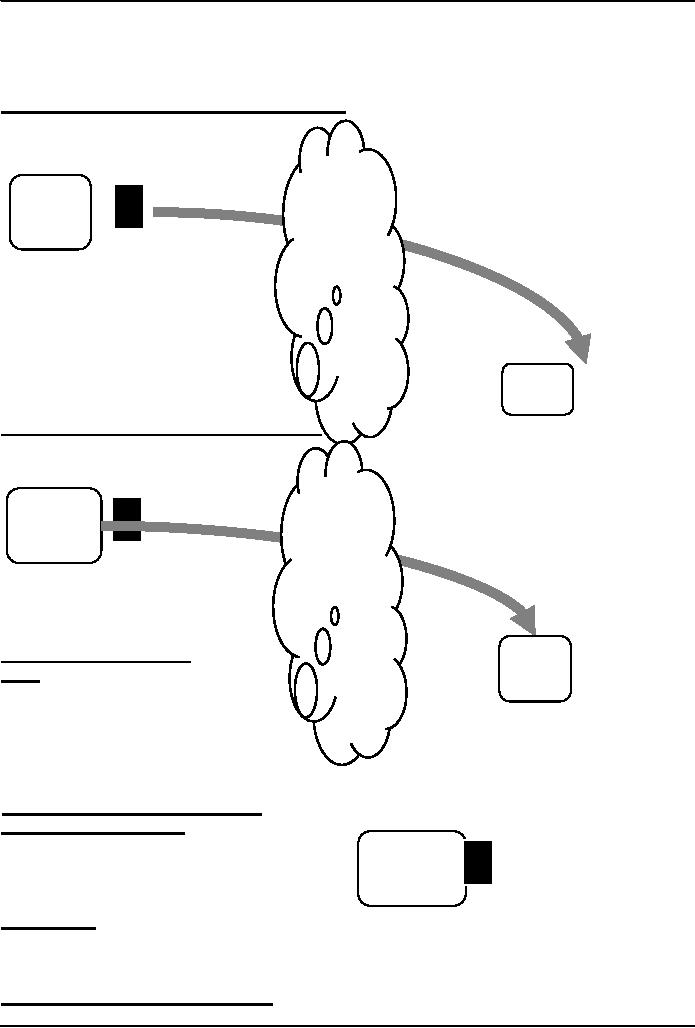
Introduction
to Computing CS101
VU
Browser
sends a `GET' request for
cs/index.html
User's
Computer
Internet
Web
Server
Server
sends the requested file to
the browser
User's
Computer
Web
Browser
displays index.html
Server
email
Computer-to-computer
messaging
Inexpensive,
and quite quick, but not
instant!
The
most popular service on the Internet,
even more than surfing, but
soon to be overtaken by
instant
messaging
Billions
are sent every
day
30.3
How does an eMail system
work?
But
first, the
components:
eMail
client
User's
SMTP
server
Computer
POP3
server
eMail
Clients
Programs
used for writing, sending,
receiving, and displaying
eMail messages
Examples:
Outlook, Communicator, Hotmail,
YahooMail
SMTP:
Simple Mail Transfer
Protocol
A
protocol used to send and
receive eMail messages over
a TCP/IP network
197
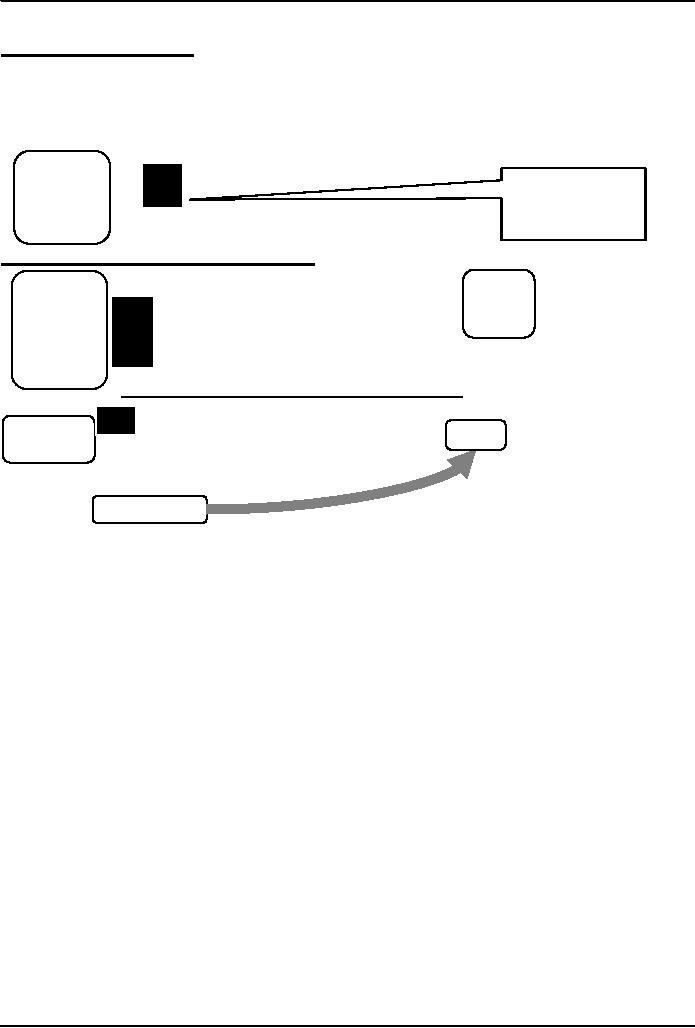
Introduction
to Computing CS101
VU
POP3:
Post Office Protocol
A
protocol used for receiving
eMail messages
A
POP3 server maintains text
files (one file per user account)
containing all messages
received by a user
eMail
client interacts with the POP3
server for discovering and
downloading new eMail
messages
The
message is prepared using the eMail
client
Sender's
eMail
Client
Computer
The
eMail client sends it to the
SMTP server
SMTP
Sender's
Server
Computer
If
the receiver is local, it goes to
the POP3 server
Sender's
POP3
Computer
SMTP
198
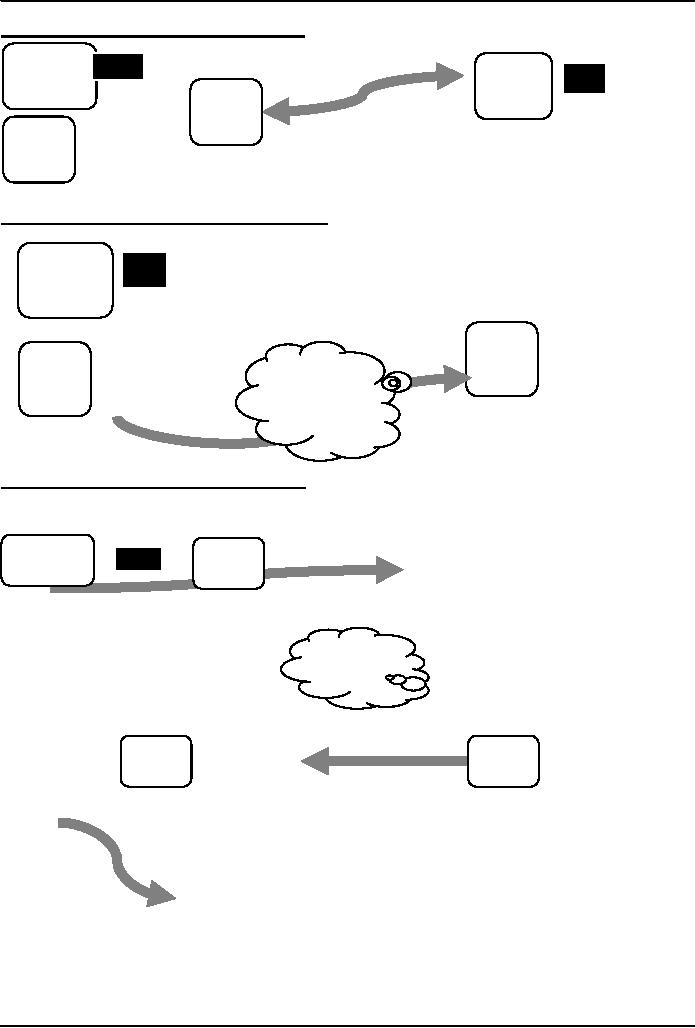
Introduction
to Computing CS101
VU
The
receiver picks it at his/her
convenience
Sender's
Receiver's
Computer
Computer
POP3
Server
SMTP
Server
Otherwise, it
is sent to receiver's SMTP
server
Sender's
Computer
SMTP
Server
SMTP
Internet
Server
Which
forwards it to the local POP3
server
Sender's
SMTP
Computer
Server
POP3
SMTP
Server
Server
199
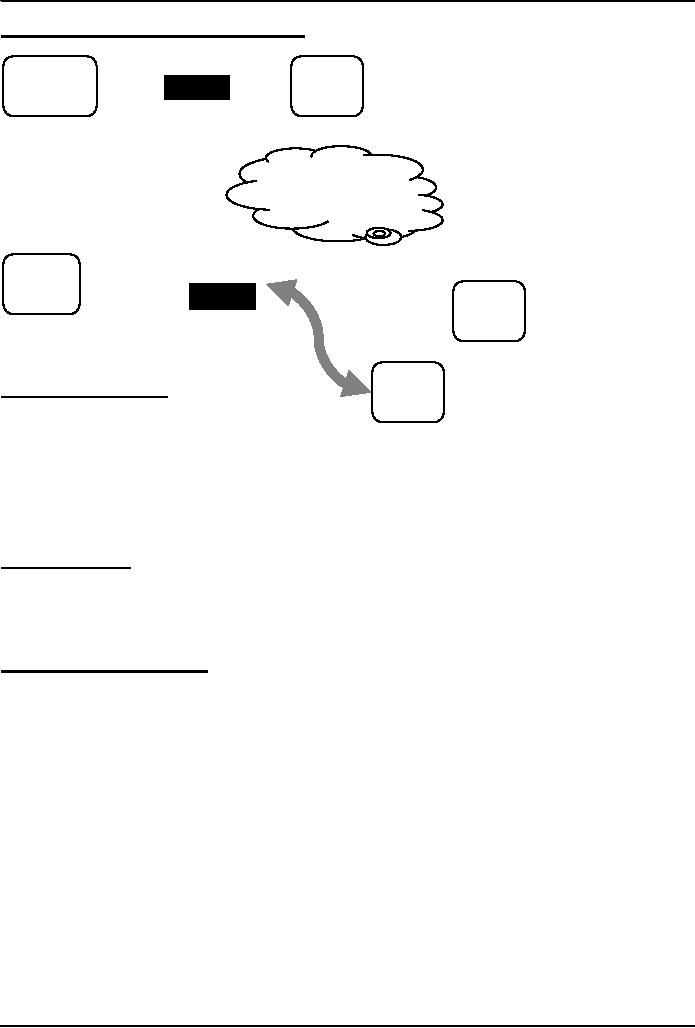
Introduction
to Computing CS101
VU
The
receiver picks it at his/her
convenience
Sender's
SMTP
Computer
Serve
r
Receiver'
s
SMTP
Computer
Serve
r
POP3
The
Trouble with
email
Serve
r
Slow
response times
No
way of knowing if the person we
are sending eMail to is there to read
it
The
process of having a conversation
through eMail by exchanging several short
messages is too
cumbersome
Instant
messaging (IM) solves these
problems
Instant
Messaging
�
The
IM services available on the Internet
(e.g. ICQ, AIM, MSN Messenger, Yahoo!
Messenger)
allow
us to maintain a list of people
(contacts) that we interact
with regularly
�
We
can send an instant messages
to any of the contacts in our
list as long as that contact is
online
30.4
Using Instant
Messaging
Whenever
a contact in our list comes
online, the IM client informs us
through an alert message and
by
playing
a sound
To
send an instant message to a contact,
just click on the contact in the IM
client, and start typing
the
message
The
selected contact will receive that
message almost immediately after
you press `Enter'
When
the contact's IM client receives the
message, it alerts the contact with a
blinking message and
by
playing
a sound
That
contact then can type a
response to the received message,
and send it instantly
Several
such conversations can be carried
out simultaneously, each
occupying a separate IM
windows
200
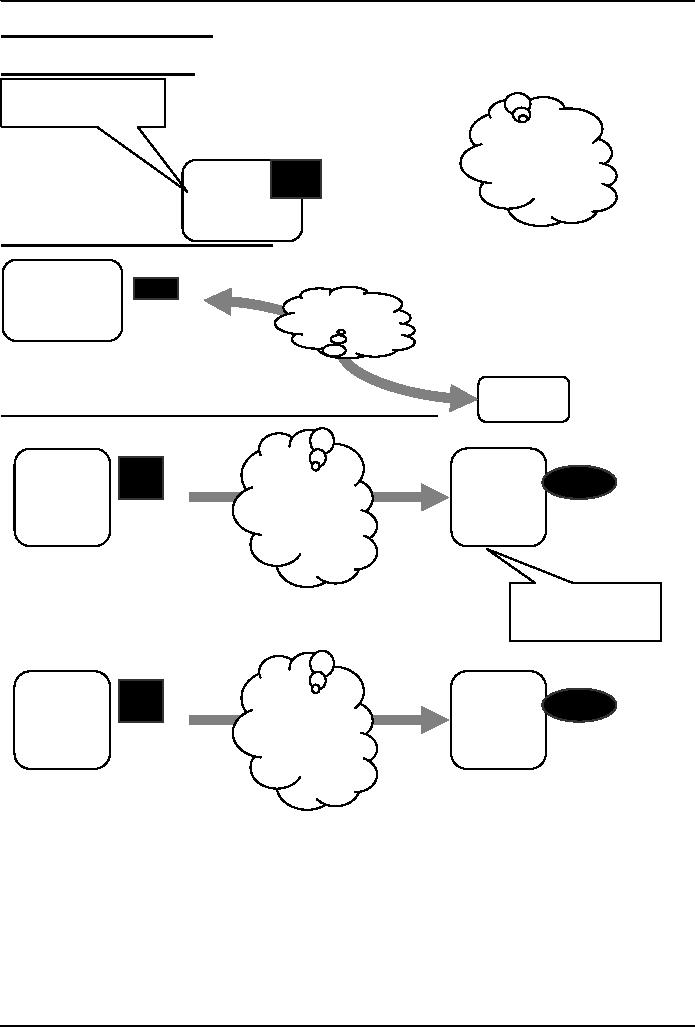
Introduction
to Computing CS101
VU
How
instant messaging
works?
User
launches the IM client
IM
Client
Internet
My
Computer
IM
client finds the IM server &
logs in
My
Computer
IM
It
sends communication info (IP
address, etc) to the IM
server
Server
IM
My
Server
Computer
Temporary
File
IM
server finds user's contacts &
sends him/her the
communication info for the
ones online
My
Computer
IM
Server
201
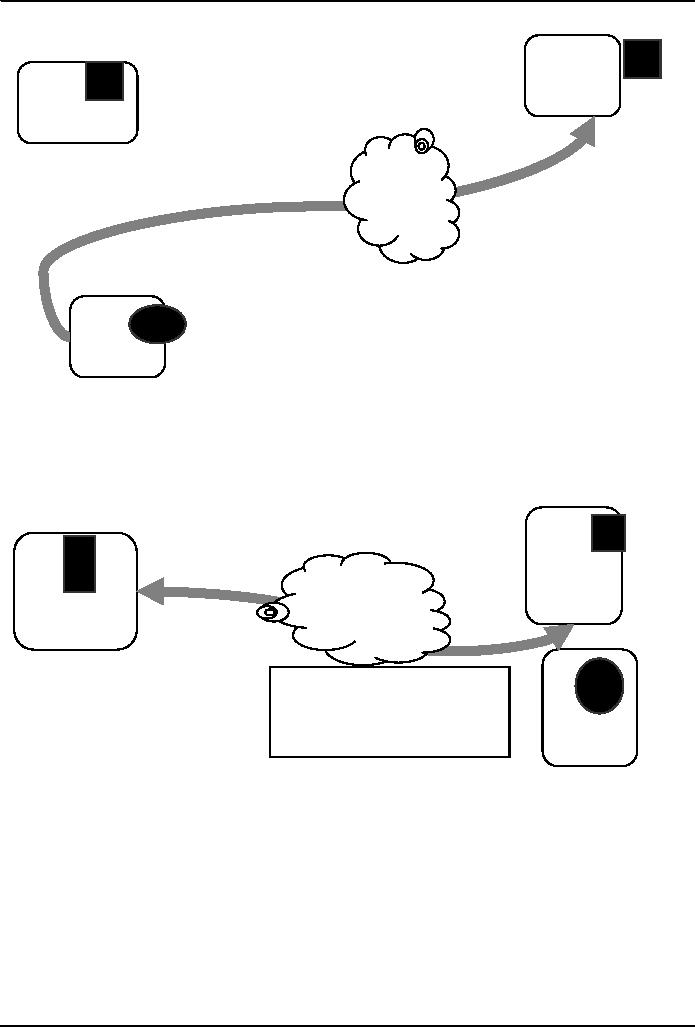
Introduction
to Computing CS101
VU
IM
server also tells the
contacts that the user is
online; sends his/her communication
info to them
Contact's
Computer
My
Computer
IM
Server
Now
the user's & the
contact's IM clients are ready to
communicate directly
(P2P)
Contact's
Computer
My
Computer
The IM
server doesn't play
any
part in
this P2P
communication
IM
Server
202
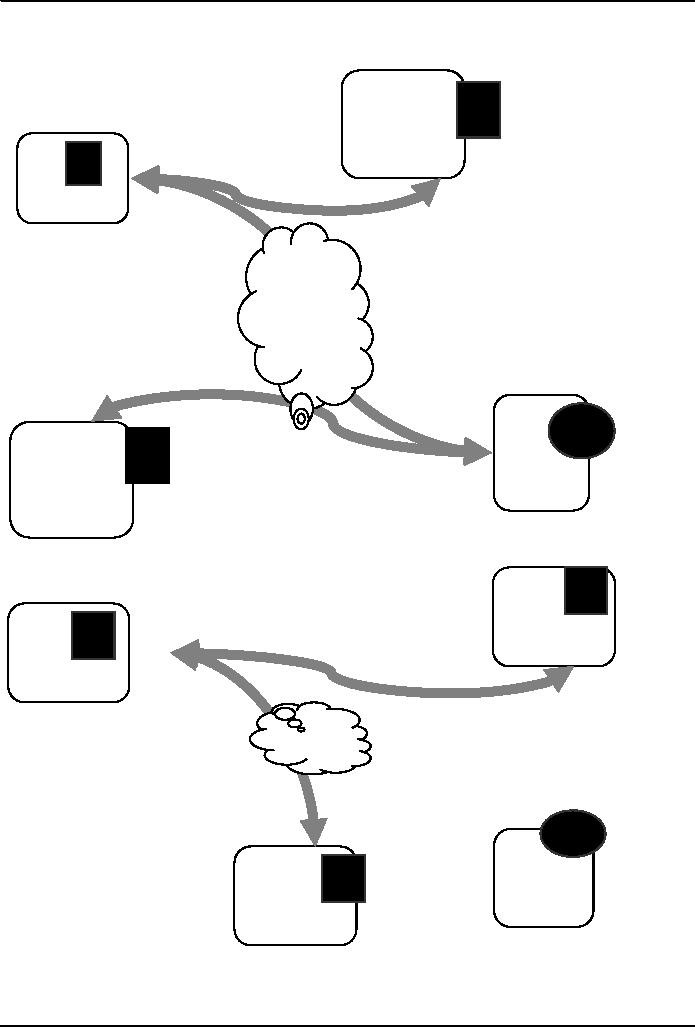
Introduction
to Computing CS101
VU
As
new contact's come online, IM
server informs them about
the user being online &
vice versa
Contact
A's
Computer
My
Computer
IM
Server
Contact
B's
Computer
Multiple,
simultaneous conversations are
possible
Contact
A's
Computer
My
Computer
IM
Server
Contact
B's
Computer
203
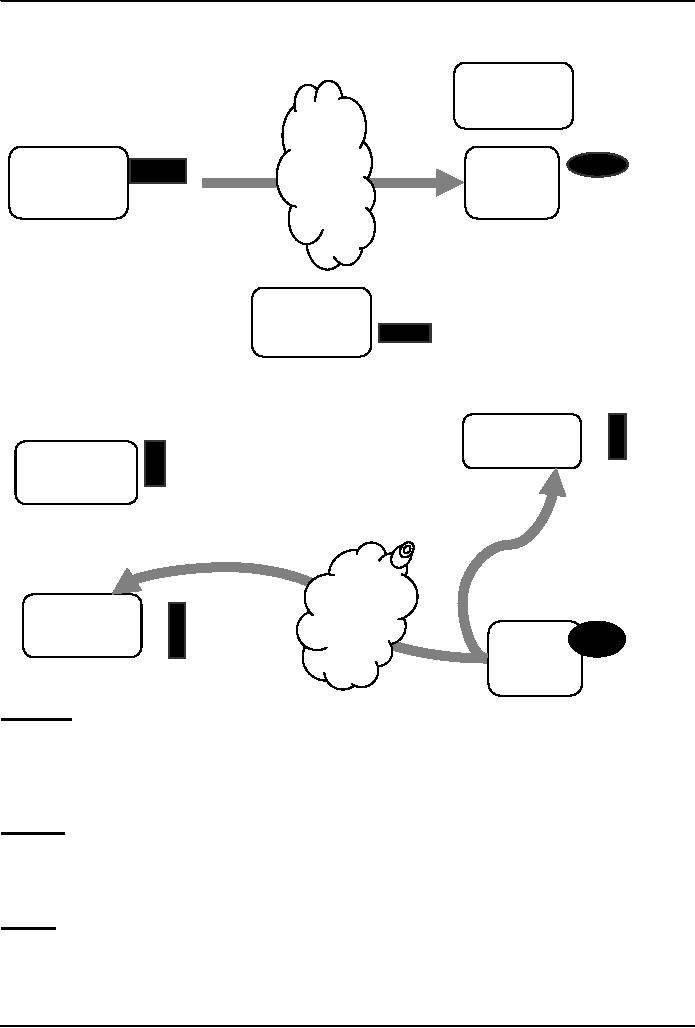
Introduction
to Computing CS101
VU
When
the user logs-off, his/her IM client
informs the IM
server
Contact
A's
Computer
My
Computer
IM
Server
Contact
B's
Computer
IM
server erases the temporary
file and informs the user's
contact's about his/her `offline'
status
Contact
A's
Computer
My
Computer
Contact
B's
Computer
IM
Server
Key
Point
Once
the IM server provides the communication
info to the user and his/her contact's IM
client, the two
are
able to communicate with each
other without the IM server's
assistance
This
server-less connection is termed as a P2P
connection
Question
Why
do we require the server in the first
place?
Why
doesn't my IM client look
for the user's contact's IM client
without the IM server's help?
Answer
Many
users (including almost all
home users) do not have permanent IP
addresses. They are
assigned
temporary
IP addresses by their ISP
each time they connect to
the Internet
The
server-based IM scheme removes
the need of having permanent IP
numbers
It
also gives IM users true
mobility, allowing them the use of IM
from any Internet-connected
computer
204

Introduction
to Computing CS101
VU
30.5
VoIP: Voice over IP
Voice
delivered from one device to another
using the Internet
Protocol
Voice
is first converted into a
digital form, is broken down
into packets, and then
transmitted over a
TCP/IP
network (e.g. Internet)
Four
modes:
C2C
C2T
T2C
T2T
(with a TCP/IP net somewhere in
between)
Pro
Much
cheaper than traditional phone
service
Con
Noticeably
poor quality of voice as
compared with land-line phone service,
but not much worse
than
cell
phone service
Today's
Goal: Internet
Services
We
looked at several services provided by
the Internet
FTP
Telnet
Web
eMail
Instant
messaging
VoIP
We
also found out about the
addressing scheme used on the
Internet
Next
Lecture:
Next
Lesson (Lesson 31) - the
third one in the four-Lesson productivity
SW sequence - will be on
developing
presentations
However,
during Lesson 33, we will
become familiar with the
role that graphics and animations
play in
computing
205
Table of Contents:
- INTRODUCTION
- EVOLUTION OF COMPUTING
- World Wide Web, Web’s structure, genesis, its evolution
- Types of Computers, Components, Parts of Computers
- List of Parts of Computers
- Develop your Personal Web Page: HTML
- Microprocessor, Bus interface unit, Data & instruction cache memory, ALU
- Number systems, binary numbers, NOT, AND, OR and XOR logic operations
- structure of HTML tags, types of lists in web development
- COMPUTER SOFTWARE: Operating Systems, Device Drivers, Trialware
- Operating System: functions, components, types of operating systems
- Forms on Web pages, Components of Forms, building interactive Forms
- APPLICATION SOFTWARE: Scientific, engineering, graphics, Business, Productivity, Entertainment, Educational Software
- WORD PROCESSING: Common functions of word processors, desktop publishing
- Interactivity to Forms, JavaScript, server-side scripts
- ALGORITHMS
- ALGORITHMS: Pseudo code, Flowcharts
- JavaScript and client-side scripting, objects in JavaScript
- Low, High-Level, interpreted, compiled, structured & object-oriented programming languages
- Software Design and Development Methodologies
- DATA TYPES & OPERATORS
- SPREADSHEETS
- FLOW CONTROL & LOOPS
- DESIGN HEURISTICS. Rule of thumb learned through trial & error
- WEB DESIGN FOR USABILITY
- ARRAYS
- COMPUTER NETWORKS: types of networks, networking topologies and protocols
- THE INTERNET
- Variables: Local and Global Variables
- Internet Services: FTP, Telnet, Web, eMail, Instant messaging, VoIP
- DEVELOPING PRESENTATIONS: Effective Multimedia Presentations
- Event Handlers
- GRAPHICS & ANIMATION
- INTELLIGENT SYSTEMS: techniques for designing Artificial Intelligent Systems
- Mathematical Functions in JavaScript
- DATA MANAGEMENT
- DATABASE SOFTWARE: Data Security, Data Integrity, Integrity, Accessibility, DBMS
- String Manipulations:
- CYBER CRIME
- Social Implications of Computing
- IMAGES & ANIMATION
- THE COMPUTING PROFESSION
- THE FUTURE OF COMPUTING
- PROGRAMMING METHODOLOGY
- REVIEW & WRAP-UP of Introduction to Computing